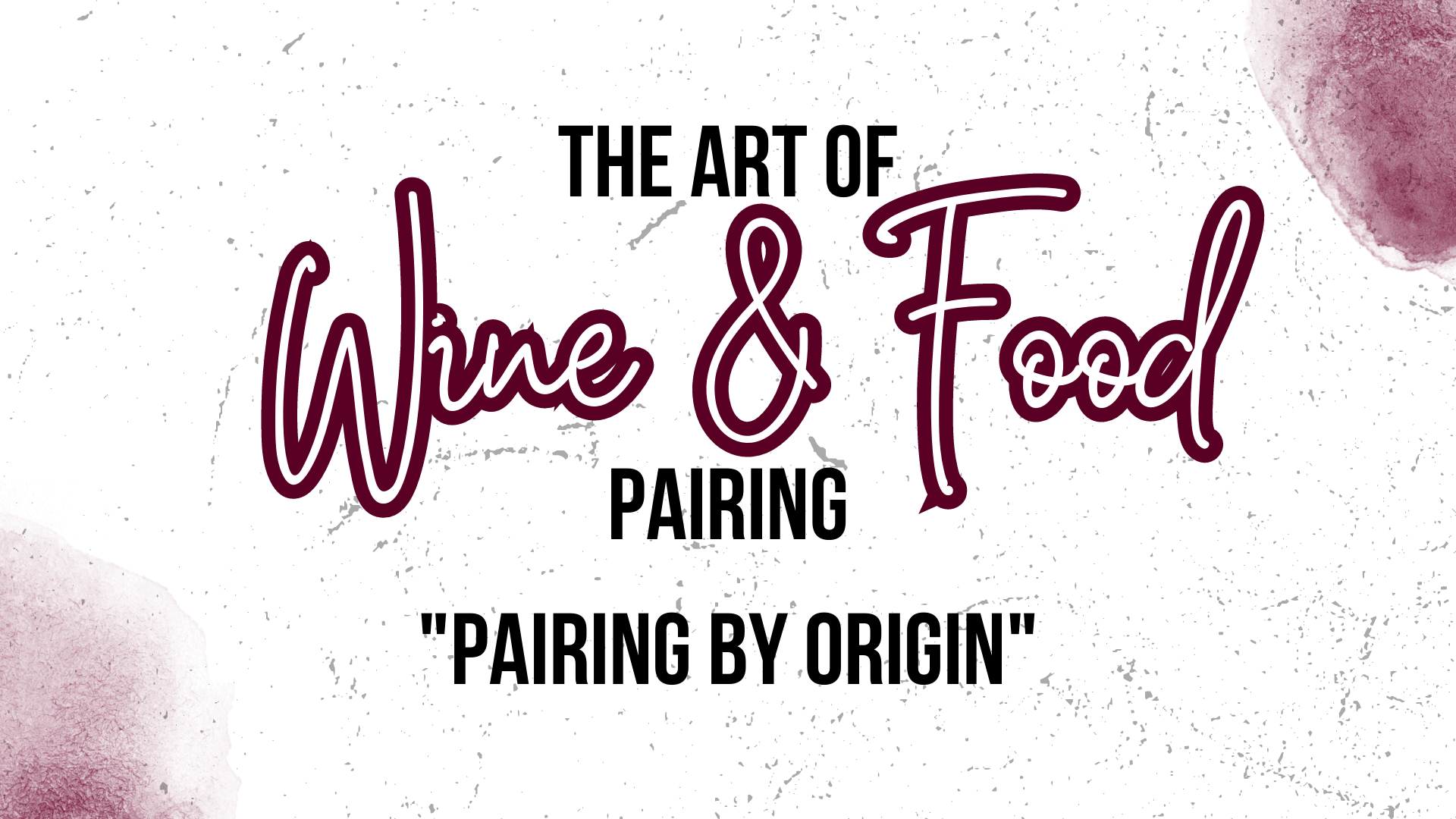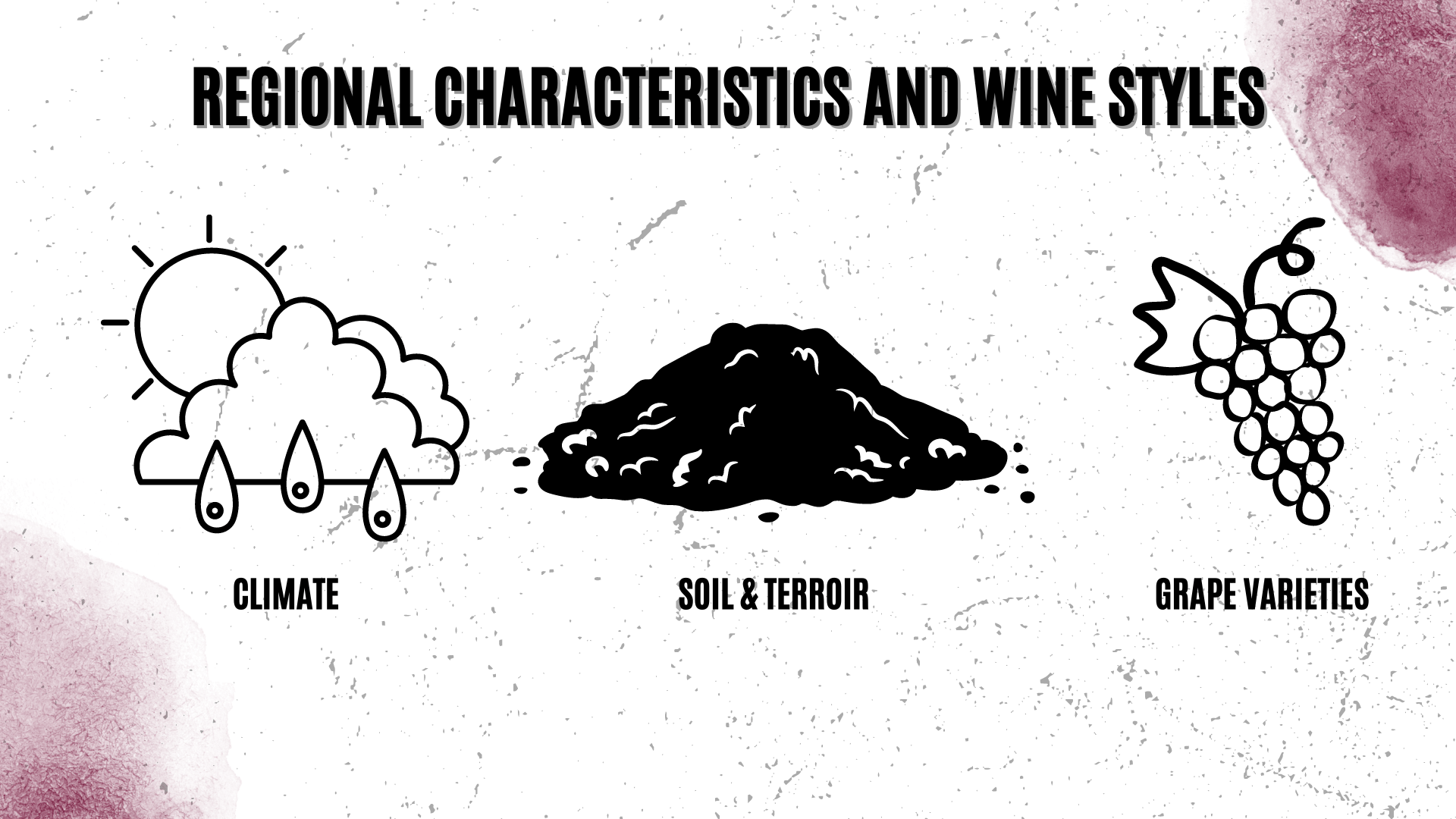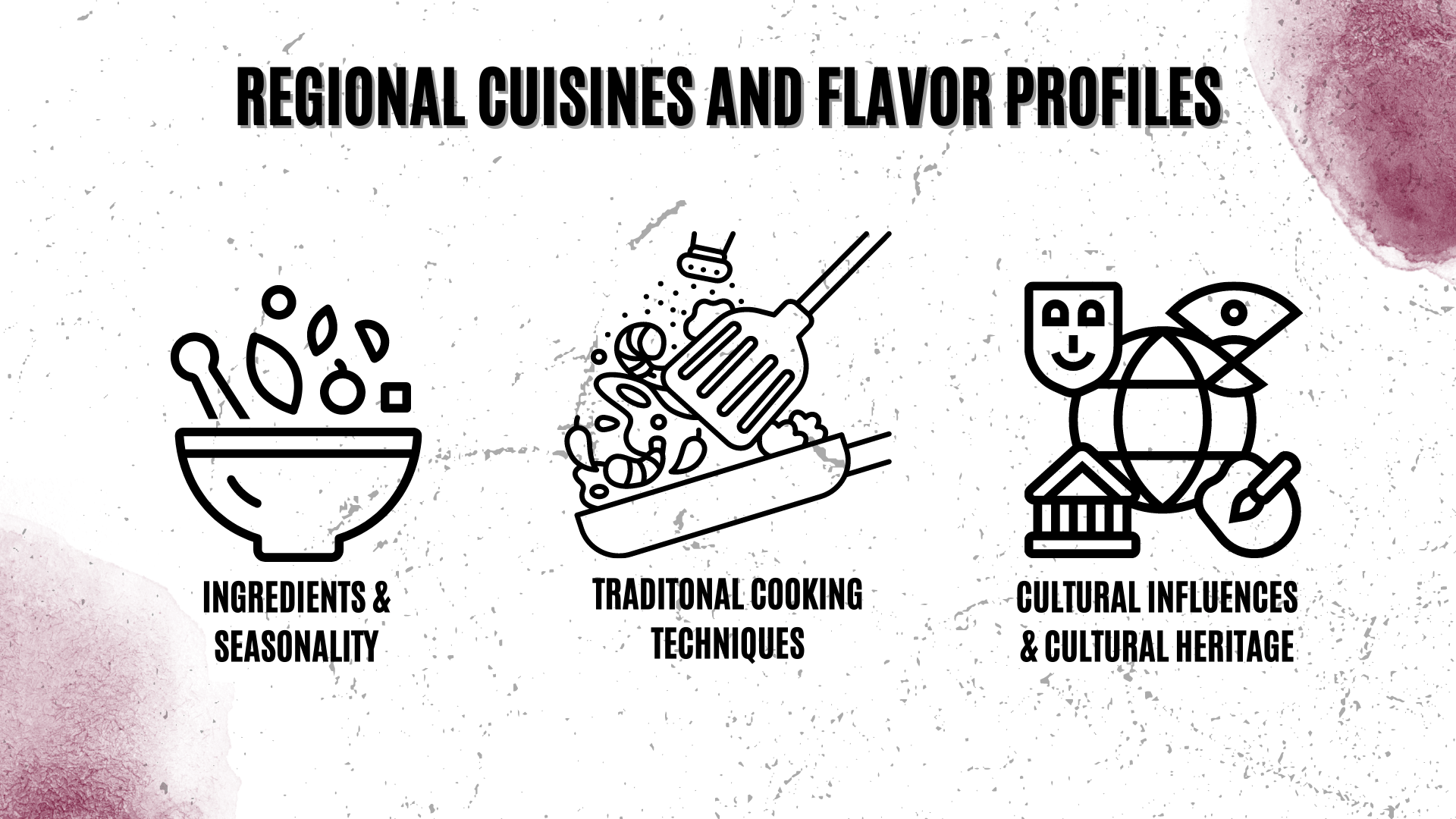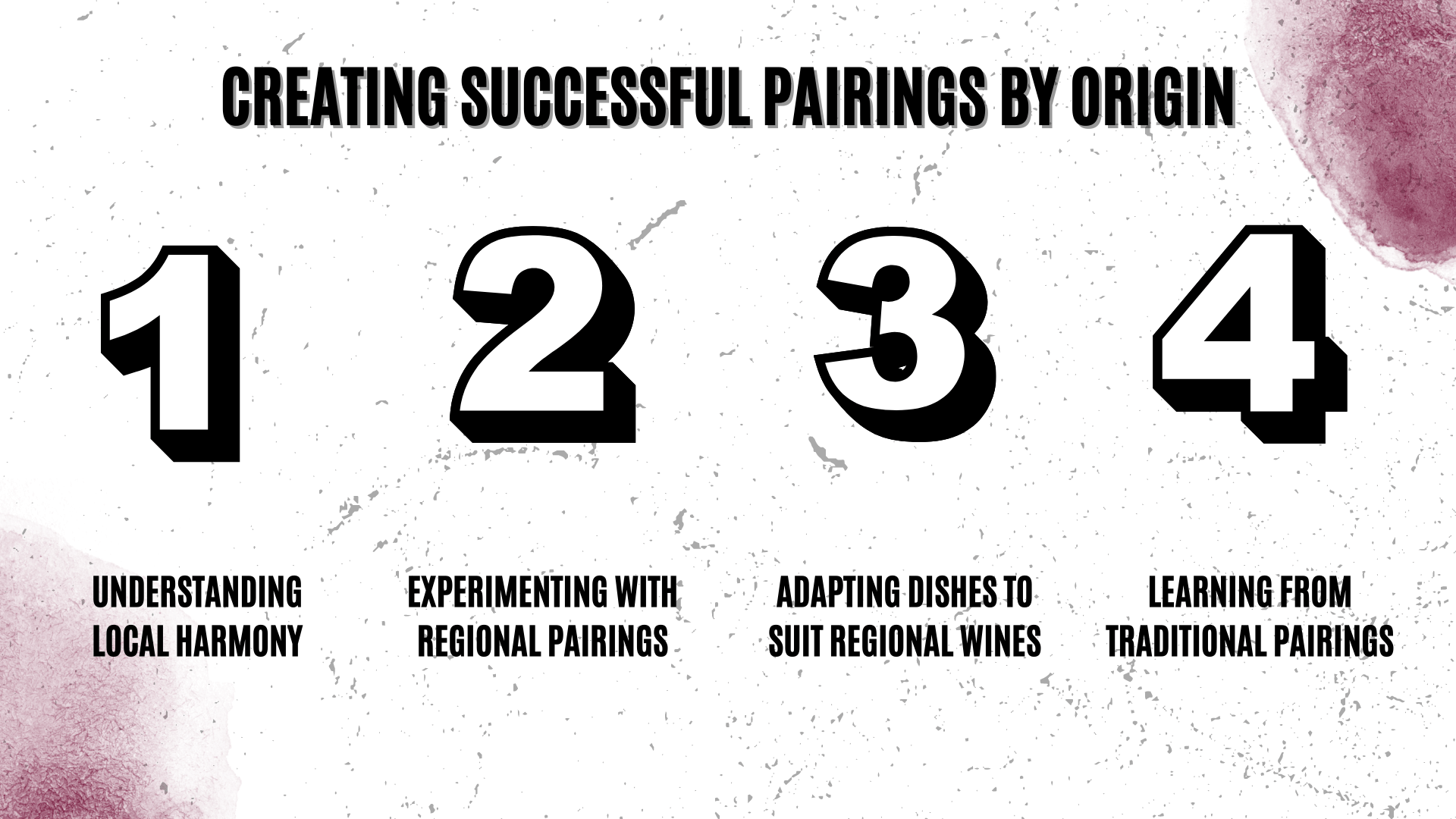Introduction
When it comes to pairing wine and food, many techniques can be employed to create the perfect match. One such method is pairing by origin, which involves selecting wines and dishes from the same region. The reasoning behind this approach is that the flavors and characteristics of both the wine and food are influenced by the same terroir, creating a harmonious combination. In this guide, we will explore the intricacies of pairing by origin and provide examples and tips for creating successful wine and food pairings based on regional characteristics.
I. Regional Characteristics and Wine Styles
A. Climate and its Impact on Wine
The climate of a wine-producing region plays a significant role in shaping the characteristics of the wines produced there. Cooler climates, like those in Burgundy, France, or Oregon’s Willamette Valley, yield wines with higher acidity, more delicate fruit flavors, and a lighter body. In contrast, warmer climates, such as those in Napa Valley, California, or Barossa Valley, Australia, produce wines with riper fruit flavors, higher alcohol content, and a fuller body.
B. Soil and Terroir
Soil composition and terroir also play essential roles in the characteristics of wine. The mineral content of the soil, drainage, and the availability of nutrients all contribute to the flavors and aromas found in the finished product. For example, limestone-rich soils like those in Champagne, France, contribute to the region’s famous crisp, mineral-driven sparkling wines. Volcanic soils, like those in Italy’s Mount Etna region, can impart a distinct minerality and earthiness to the wines produced there.
C. Grape Varieties and Winemaking Practices
The grape varieties grown in a region and the winemaking practices employed can also impact a wine’s flavor profile. For example, the red grape Nebbiolo, native to Italy’s Piedmont region, produces wines with high tannins, acidity, and complex aromas, while the white grape variety Sauvignon Blanc, grown in New Zealand’s Marlborough region, yields wines with bright acidity, intense fruit flavors, and herbaceous notes.
II. Regional Cuisines and Flavor Profiles
A. Ingredients and Seasonality
Regional cuisine is heavily influenced by the availability of local ingredients and their seasonality. For example, the Mediterranean region is known for its abundant seafood, fresh vegetables, and herbs, which are reflected in the cuisine’s light, fresh flavors. In contrast, regions with harsher climates, like Scandinavia, rely more on preserved ingredients, leading to a different flavor profile characterized by pickled and fermented flavors.
B. Traditional Cooking Techniques
The cooking techniques employed in a region also play a role in defining its cuisine’s flavor profile. For instance, Southern Italian cuisine often features olive oil and slow-cooked tomato sauces, while Japanese cuisine is known for its delicate balance of flavors achieved through techniques like steaming and simmering. These techniques can have a significant impact on the overall taste of a dish, and consequently, the wine pairings that work best with them.
C. Cultural Influences and Culinary Heritage
The cultural influences and culinary heritage of a region can also inform its cuisine and flavor profiles. For example, the rich, hearty dishes of French cuisine have been shaped by centuries of culinary tradition, while the fusion of flavors in Peruvian cuisine reflects the country’s diverse cultural influences. Understanding these influences can provide valuable insight into the flavor profiles of regional dishes and inform successful wine pairings.
III. Creating Successful Pairings by Origin
A. Understanding Local Harmony
When pairing wine and food by origin, consider the concept of “what grows together, goes together.” Wines and dishes from the same region often share complementary flavors due to the influence of local ingredients, climate, and winemaking practices. By keeping these factors in mind, you can create harmonious pairings that highlight the unique characteristics of both the wine and the dish.
Example: A crisp, mineral-driven Chablis from Burgundy, France, pairs exceptionally well with oysters from the same region, as both share similar saline and mineral qualities.
B. Experimenting with Regional Pairings
Experiment with different regional pairings to find combinations that work well for you. Try pairing a wine from a specific region with a dish from the same area, or even combine flavors from neighboring regions that share similar climates and ingredients.
Example: Pair a German Riesling with a classic German dish like schnitzel, or venture to the nearby Alsace region in France and try pairing the Riesling with a traditional tarte flambée.
C. Adapting Dishes to Suit Regional Wines
In some cases, you can adapt a dish to better complement a regional wine by incorporating local ingredients or adjusting the cooking techniques.
Example: If you want to pair a bold Italian Barolo with a pasta dish, consider using a rich, meaty sauce like a slow-cooked ragù made with local Piedmontese beef that can stand up to the wine’s tannins and intense flavors.
D. Learning from Traditional Pairings
Traditional pairings often provide valuable insight into successful wine and food pairings by origin. For example, the classic pairing of French Burgundy with coq au vin showcases the harmonious balance between the wine’s earthy, fruity flavors and the dish’s rich, savory sauce. Drawing inspiration from these tried-and-true combinations can guide you in creating your own successful pairings based on regional origins.
Example: The classic pairing of a bold Napa Valley Cabernet Sauvignon with a juicy, grilled steak highlights the complementary flavors of both components, as the wine’s firm tannins and dark fruit flavors are balanced by the dish’s savory, meaty qualities.
IV. Exploring Regional Wine and Food Pairings
Discovering regional wine and food pairings can be a delightful journey. Attend wine tastings, explore regional cookbooks, or even travel to different wine regions to immerse yourself in the local flavors. Experiment with cross-regional pairings by understanding the underlying flavor profiles and characteristics of both the wine and the food. This open-minded approach can lead to unique and exciting combinations that delight the palate.
Conclusion
Pairing by origin offers an exciting approach to creating harmonious wine and food pairings, taking advantage of the unique characteristics imparted by a region’s terroir. By understanding regional characteristics and being open to experimentation, you can elevate your dining experience with wine and food pairings that showcase the best of each region. So, raise a glass to the flavors of the world and embark on your own journey of regional wine and food exploration.
Frequently Asked Questions
Pairing wine and food by origin means selecting a wine and a dish that both come from the same geographical region, or sometimes from neighboring regions with similar climates and ingredients. This approach is based on the idea that the flavors of the wine and the dish often complement each other due to the influence of local ingredients, climate, and winemaking practices.
Pairing wine and food by origin can help to create harmonious and well-balanced combinations that enhance the flavors and characteristics of both the wine and the dish. It also allows you to explore regional cuisines and wine styles, providing a more authentic and immersive culinary experience.
Yes, you can certainly pair wine and food from different regions. Pairing by origin is just one of many techniques that can help guide your choices, but there are no strict rules when it comes to wine and food pairing. Experimentation and personal preferences play a significant role in discovering combinations that work best for you.
To learn more about regional cuisines and wine styles, you can consult cookbooks, wine books, or online resources dedicated to specific regions. Additionally, attending wine tastings, cooking classes, or visiting wine regions can help deepen your understanding of regional flavors and traditions.
Some examples of successful pairings by origin include:
- A mineral-driven Chablis from Burgundy, France, with oysters from the same region
- A German Riesling with a traditional schnitzel or Alsatian tarte flambée
- A bold Italian Barolo with a Piedmontese beef ragù
- A French Burgundy with coq au vin
- A Napa Valley Cabernet Sauvignon with a juicy, grilled steak





